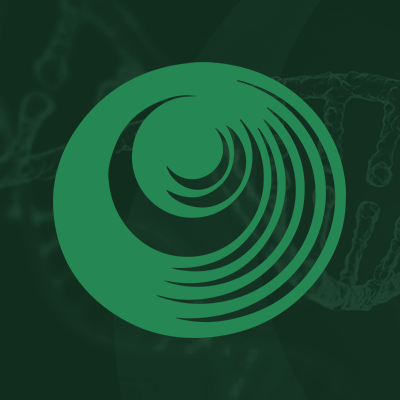Research Papers:
Escin Ia suppresses the metastasis of triple-negative breast cancer by inhibiting epithelial-mesenchymal transition via down-regulating LOXL2 expression
PDF | HTML | Supplementary Files | How to cite
Metrics: PDF 2932 views | HTML 2651 views | ?
Abstract
Yuhui Wang1,*, Xiaotian Xu1,*, Peng Zhao1, Bei Tong1, Zhifeng Wei1, Yue Dai1
1Jiangsu Key Laboratory of Drug Discovery for Metabolic Diseases, Department of Pharmacology of Chinese Materia Medica, China Pharmaceutical University, Nanjing 210009, China
*These authors are contributed equally to this work
Correspondence to:
Yue Dai, e-mail: yuedaicpu@hotmail.com
Zhifeng Wei, e-mail: zhifeng-wei@hotmail.com
Keywords: escin Ia, triple-negative breast cancer, metastasis, epithelial-mesenchymal transition, lysyl oxidase-like 2
Received: December 19, 2015 Accepted: March 02, 2016 Published: March 17, 2016
ABSTRACT
The saponin fraction of Aesculus chinensis Bunge fruits (SFAC) could inhibit the invasion and migration of MDA-MB-231 cells. Among which, escin Ia showed more potent inhibition of the invasion than other five main saponin constituents. It selectively reduced the expression of LOXL2 mRNA and promoted the expression of E-cadherin mRNA, and prevented the EMT process of MDA-MB-231 cells and TNF-α/TGF-β-stimulated MCF-7 cells. Moreover, it reduced the LOXL2 level in MDA-MB-231 cells but not in MCF-7 cells. When MCF-7 cells were stimulated with TNF-α/TGF-β, transfected with LOXL2 or treated with hypoxia, escin Ia down-regulated the level of LOXL2 in MCF-7 cells. Meanwhile, escin Ia suppressed the EMT process in LOXL2-transfected or hypoxia-treated MCF-7 cells. Of interest, escin Ia did not alter the level of HIF-1α in hypoxia-induced MCF-7 cells. In TNBC xenograft mice, the metastasis and EMT of MDA-MB-231 cells were suppressed by escin Ia. In conclusion, escin Ia was the main active ingredient of SFAC for the anti-TNBC metastasis activity, and its action mechanisms involved inhibition of EMT process by down-regulating LOXL2 expression.
 All site content, except where otherwise noted, is licensed under a Creative Commons Attribution 4.0 License.
All site content, except where otherwise noted, is licensed under a Creative Commons Attribution 4.0 License.
PII: 8152
